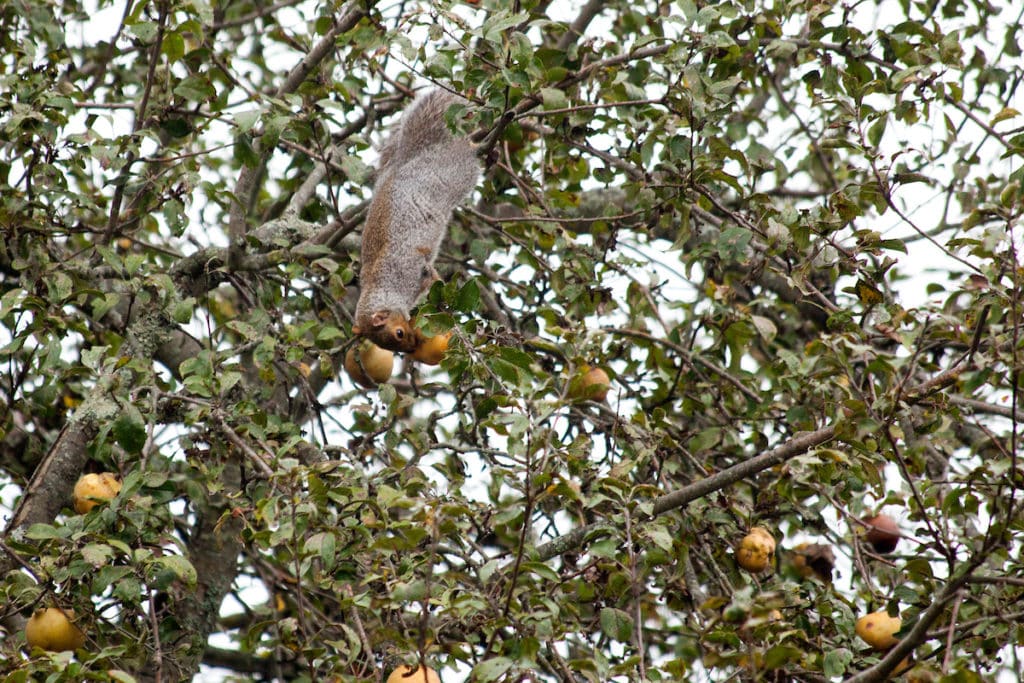
September 1: Welcome to fall!
October 1: Welcome to fall!
November 1:Welcome to fall!
November 14 . . . 15 . . . Ok, now. It finally feels like fall in Maine!
As the climate changes, our growing season changes with it. Historically, gardeners would bid goodnight to their plants by early October. More recently, we’ve watched with mixed feelings as mild temperatures have lasted well into November, confounding both people and plants alike.
As much as we love beautiful flowers and lush greenery, the plants have earned some well deserved sleep. This period of rest, also known as dormancy, is a critical component of plant life cycles in northern climates. If soft tissue plants were to continue growing upon the arrival of freezing temperatures, the water stored in their stems and leaves would freeze and do harm. Instead, plants have evolved to conserve their energy and allow the roots to survive through winter.
A critical component of dormancy is seed dispersal. For plants in Maine, fall is the season for making babies. At the end of the growing season, plants produce seeds, often in great quantities, which are dispersed across the landscape in a dormant state. This dormancy provides protection from inhospitable environments until the seed finds a place suitable for growth and reproduction.
There are a variety of seed dispersal mechanisms found in nature:
Gravity: Heavier fruits fall and seeds disperse below (like apples, and sometimes with a little help from a friend)
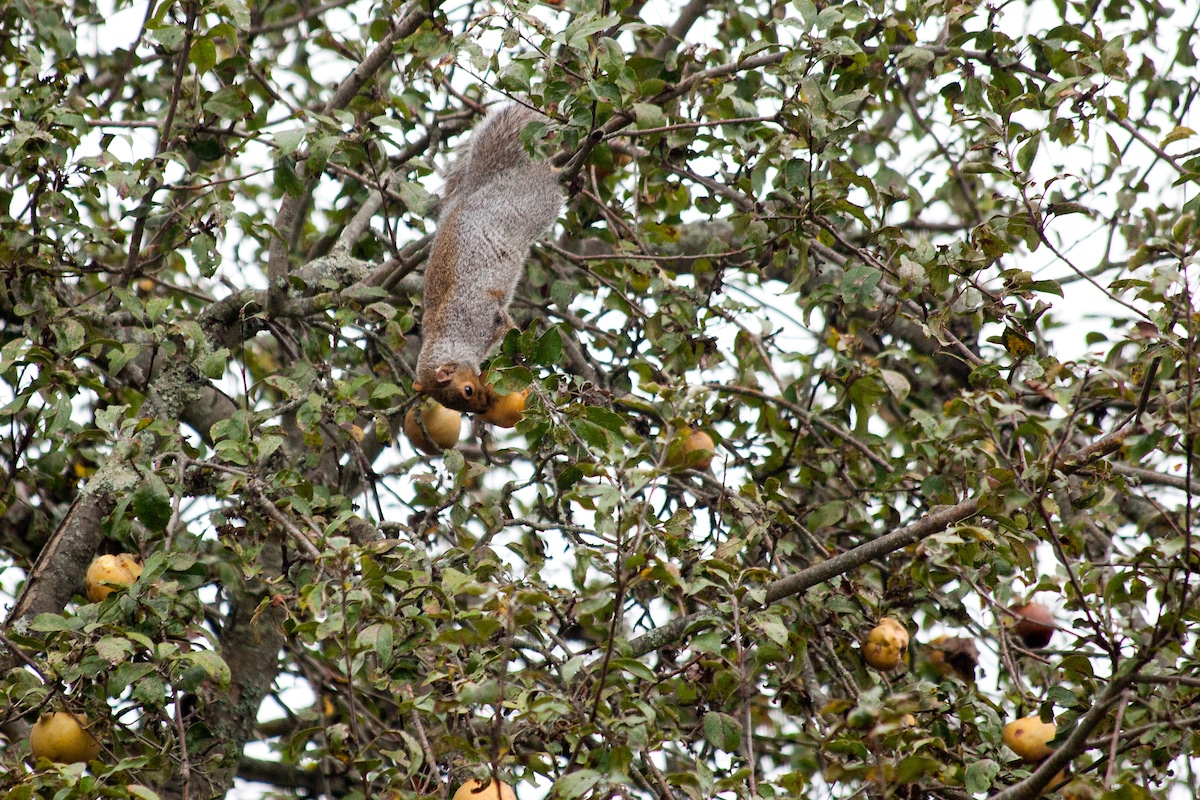
Ballistic: Seeds explode or are squeezed out of fruit (Witch Hazel is an example of this)
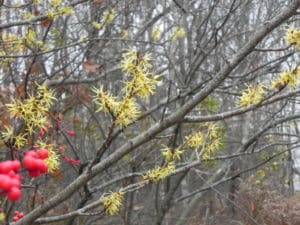
Wind: Seeds float in the breeze to a new location (think milkweed fluff or dandelion tufts floating in the wind)
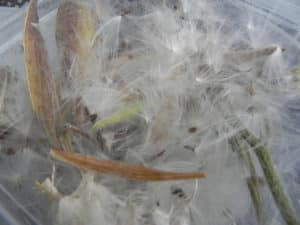
Animals: Birds or other animals eat the seeds and poop them out. Winterberry Holly is one example!
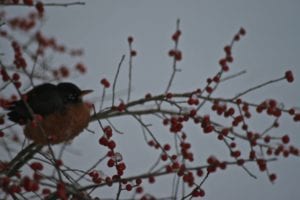
Water: Some plants produce seeds and/or fruit that float. Alders and willows are examples of this.
While some seeds may find suitable habitats and grow the following year, many remain dormant in the soil until suitable growth conditions arise. This phenomenon is known as a seed bank. Charles Darwin popularized this concept when he germinated 500 different plant species from three tablespoons of pond soil. Seed banks are an evolutionary adaptation of plants that have had to survive through countless disturbances including fires, floods, storms, or human disturbances such as large scale development or rototilling a garden. As our society has spread across the landscape, much of our development has disrupted—and in some cases eliminated—vast seed banks. As humans continue to compete with plants for space and disrupt these evolutionary processes, it’s more important than ever that we assist in preserving and dispersing native seeds.
To support this effort, Maine Audubon will be selling seed sowing kits this fall/winter in collaboration with Wild Seed Project. Stay tuned for our next post about how to grow native plants from seed!
